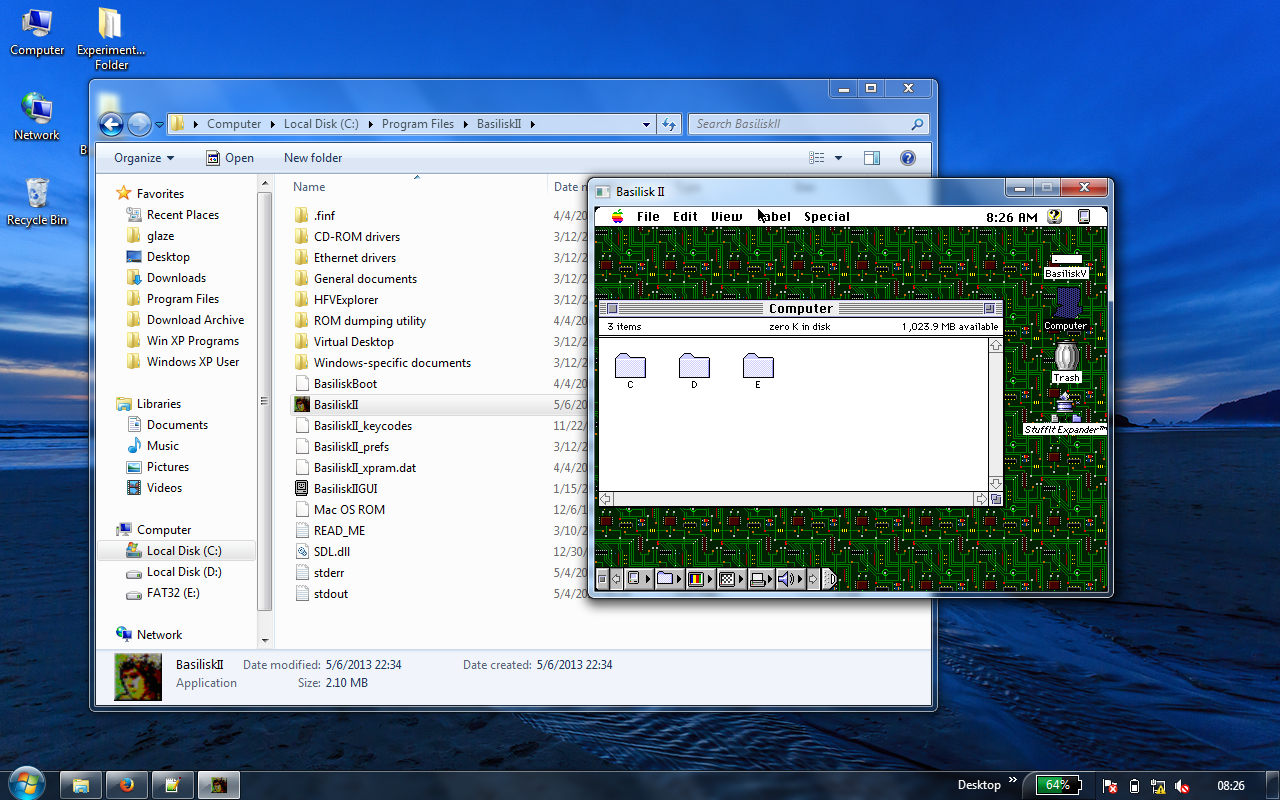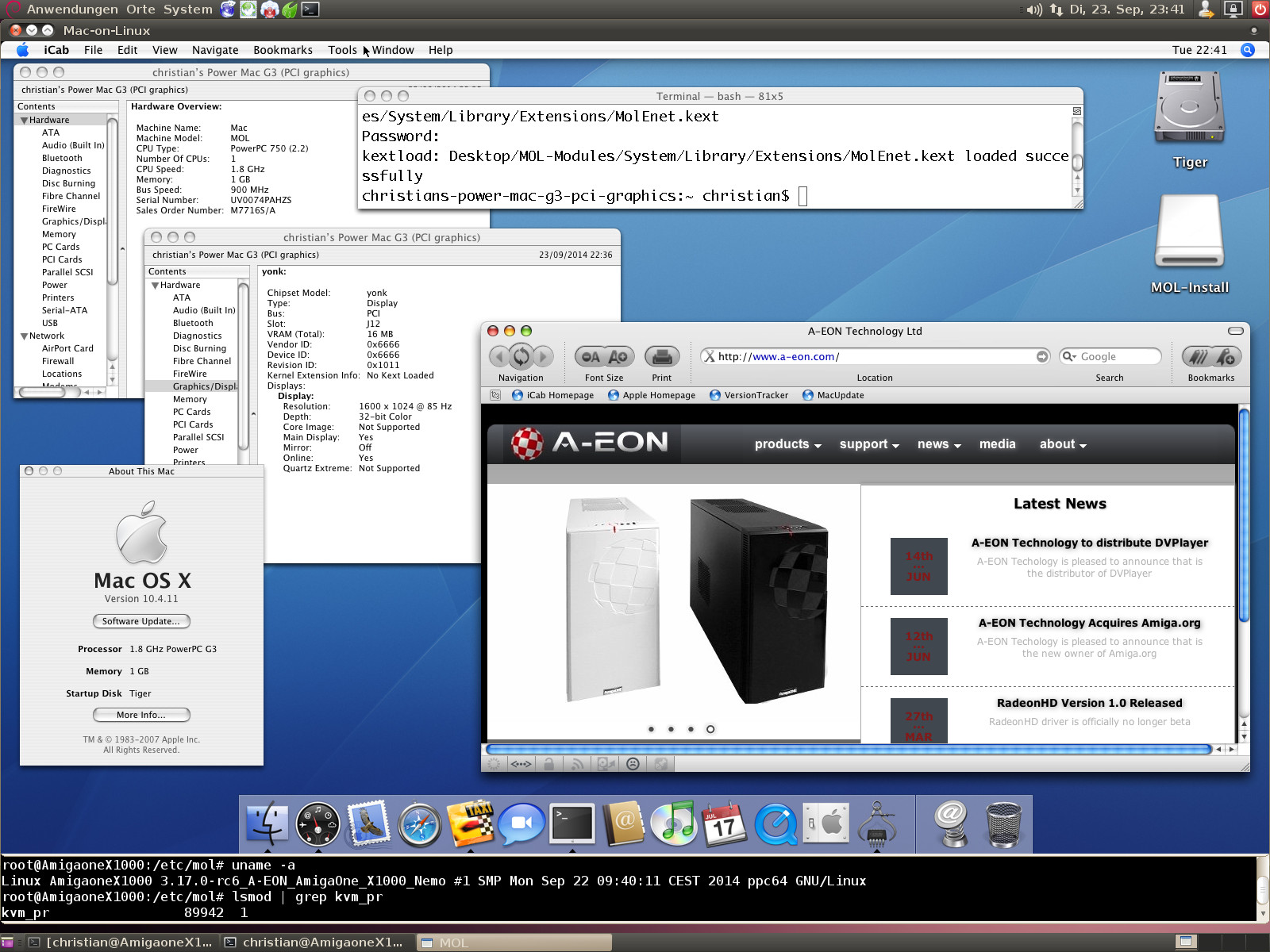
- Sheepshaver preferences mac mac os#
- Sheepshaver preferences mac software#
- Sheepshaver preferences mac free#
While adding MMU emulation has been discussed, the feature has not been added because of the effort required in implementing it, the impact on performance it will have and the lack of time on the part of the developers.
Sheepshaver preferences mac mac os#
SheepShaver is capable of running Mac OS 7.5.2 through 9.0.4 (though it needs the image of an Old World ROM to run Mac OS 8.1 or below ), and can be run inside a window so that the user can run classic Mac OS and either BeOS, Intel-based Mac OS X, Linux, or Windows applications at the same time.Īlthough SheepShaver does have Ethernet support and CD-quality sound output, it does not emulate the memory management unit. However, you still need a copy of MacOS and a PowerMacintosh ROM image to use this program.

Sheepshaver preferences mac software#
That is, it enables you to run PowerPC Classic MacOS software on your computer, even if you are using a different operating system.
Sheepshaver preferences mac free#
Īs a free software, a few variants exist to simplify the installation process on Intel-based Macs: In Mac, you can open the Unix volume on the desktop and if you had set up your SheepShaver preferences as I suggested in the first tutorial, you will see the contents of your Linux Downloads folder.

When you quit SheepShaver and restart it, the disk image will appear on the OS 9 desktop, and. SheepShaver has also been ported to Microsoft Windows. Mount these in the emulated OS 9 by adding them to the list of disks in SheepShaver’s preferences. It is saved in your SheepShaver folder and is read when SheepShaver starts. It can be run on both PowerPC and x86 systems however, it runs more slowly on an x86 system than on a PowerPC system, because of the translation between the PowerPC and Intel x86 instruction sets. Note that the SheepShaver GUI saves all your preferences to a file called SheepShaverprefs.

SheepShaver was originally commercial software when first released in 1998, but after the demise of Be Inc., the maker of BeOS, it became open source in 2002.


 0 kommentar(er)
0 kommentar(er)
